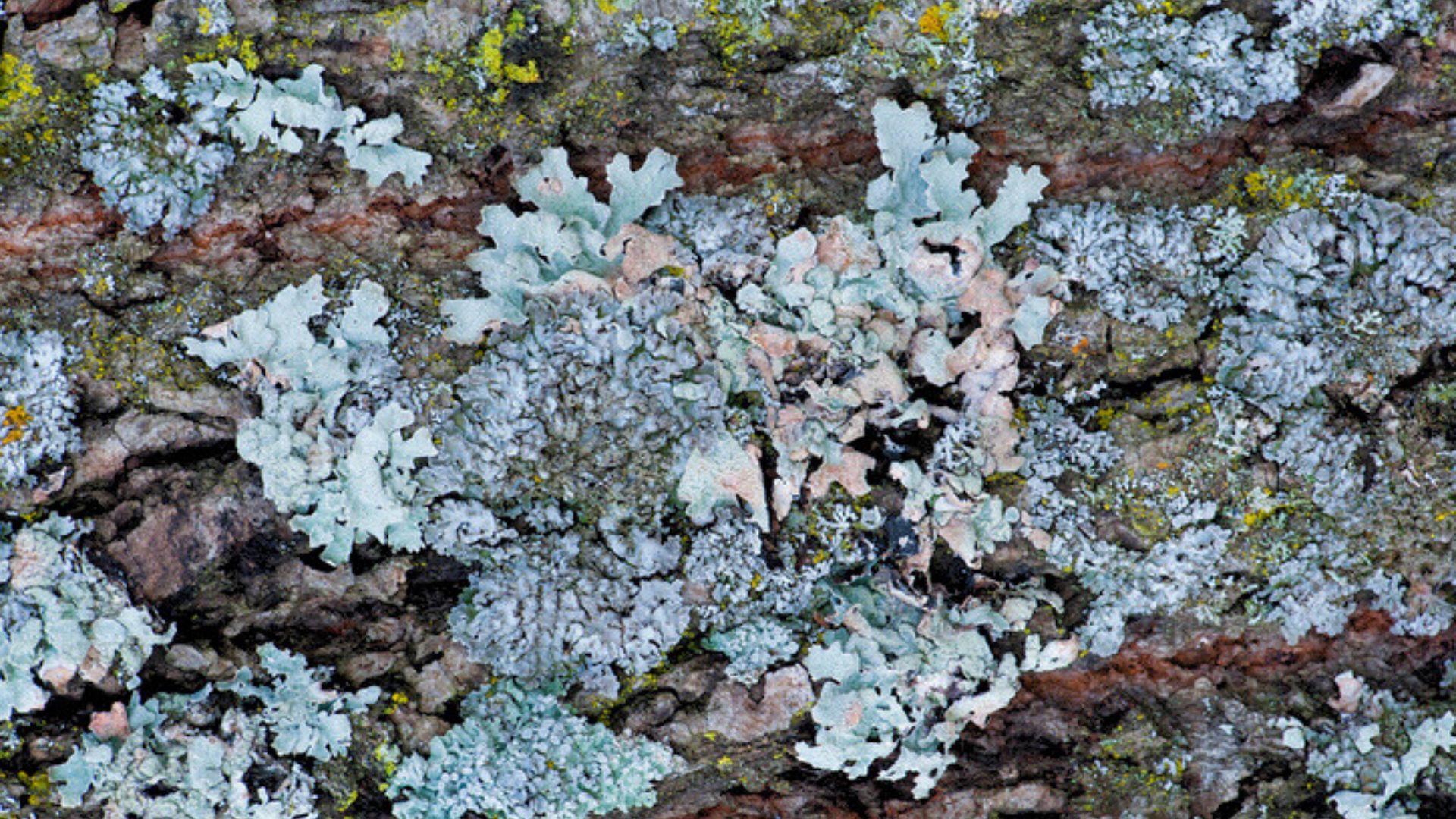Lichens On Trees - Treatment For Tree Lichen


Tree lichens appear on many trees. They tend to be considered either a fortunate blessing or a frustrating pest. Lichens on trees are unique and harmless but some may consider them unsightly. Let's look at what lichen on tree bark means and what the treatment for tree lichen is.
What are Tree Lichens?
Lichens on trees are a unique organism because they are actually a symbiotic relationship between two organisms -- fungus and algae. The fungus grows on the tree and can collect moisture, which the algae needs. The algae, in return, can create food from the energy of the sun, which feeds the fungus.
Lichen on tree bark is completely harmless to the tree itself. The rhizines (similar to roots) allow them to attach to the but do not go deep enough to harm the tree in any way. Many people believe when a tree becomes sick and has lichen, that the tree lichens are the cause of the illness. This is impossible and most likely the lichen was there long before the tree became ill.
Treatment for Tree Lichen
While lichen on tree bark is harmless, some people find it not very pretty to look at and would like to learn how to kill tree lichen. One way is to gently scrub the bark of the tree with a soapy solution. Since lichen on tree bark is only lightly attached, it should come off easily. Be careful not to scrub too hard, as this can damage the bark of the tree which will open the tree to disease or pests.
Another method to kill tree lichen is to spray the tree with copper-sulfate. Copper-sulfate sprayed on lichens on trees will kill the fungus side of the organism. Only use copper-sulfate as a treatment for tree lichen in late spring through early fall. It will not be effective in cool weather.
Perhaps the best treatment for tree lichen is to change the environment where the tree lichens are growing. Lichens on trees grow best in cool, partly sunny, moist locations. Thinning out tree branches overhead to allow more sun and air flow will help. Also, if you use a sprinkler system, make sure that it does not routinely spray the place where the lichen is growing, as you are essentially “watering” the tree lichen and helping it to survive.
Note: Any recommendations pertaining to the use of chemicals are for informational purposes only. Chemical control should only be used as a last resort, as organic approaches are safer and more environmentally friendly.
Sign up for the Gardening Know How newsletter today and receive a free copy of our e-book "How to Grow Delicious Tomatoes".

Heather Rhoades founded Gardening Know How in 2007. She holds degrees from Cleveland State University and Northern Kentucky University. She is an avid gardener with a passion for community, and is a recipient of the Master Gardeners of Ohio Lifetime Achievement Award.